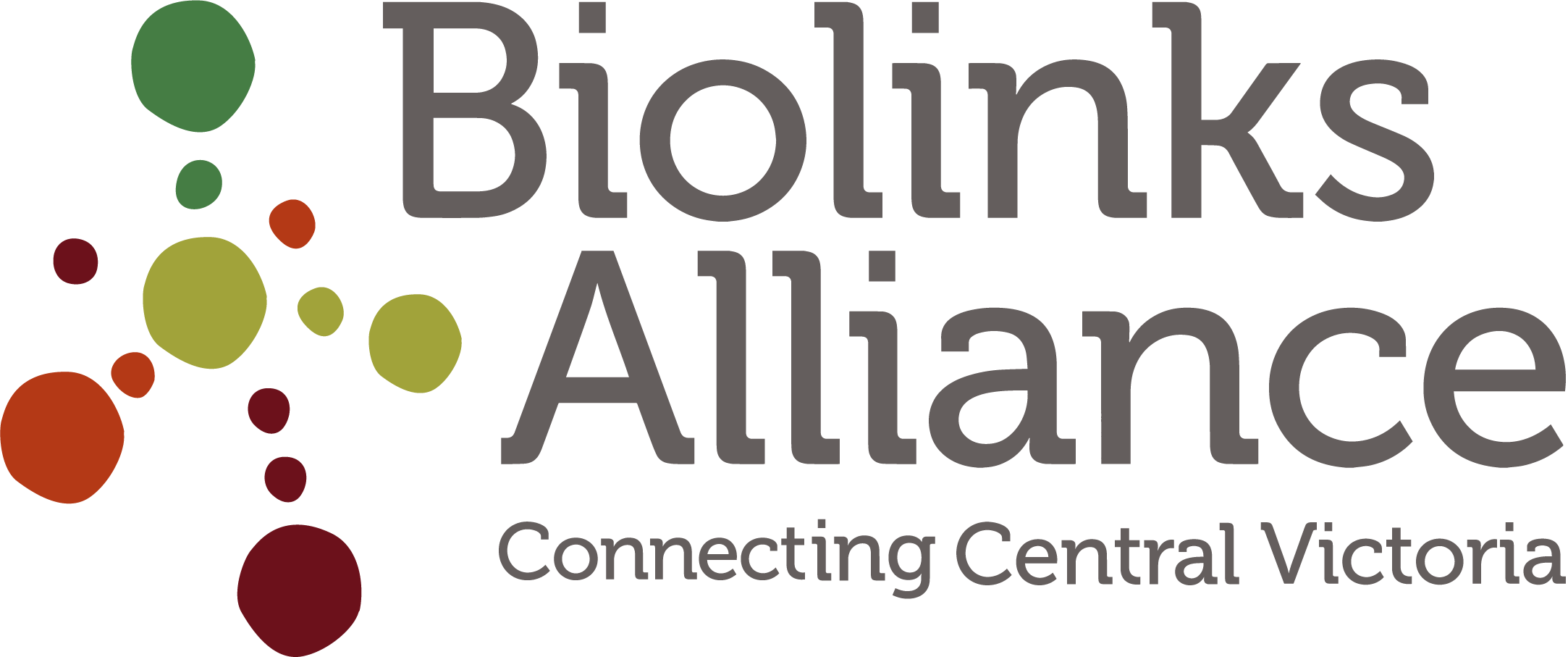What we’ve achieved
Project Platypus
Ask Paul Harrington if there was a particular year that things began to change on his Central Highlands property and he’ll give you a very clear answer. It was 1986, when the creek running through the place ran dry for the first time in history.
Paul and his family have made their lives on their 1000-hectare farm since the 1970’s. His family graze sheep and cattle and grow crops on the gentle slopes of Mt Cole. Through this place runs Cole Creek, a tributary of the Wimmera River - or at least, it did.
“It was more like a river than a creek. It was the jewel in the crown on our place. People came from all over the country to fish blackfish, trout and red-fin. We regularly saw platypus.”
The jewel in the crown
“I remember that creek running so strongly you could hardly stand sideways in it” says Paul.
But in November 1986, the wall of the Mt Cole reservoir was doubled in size, doubling the capture of drinking water for local towns, but gravely affecting the flow of water to Cole Creek. Now, the creek runs only seasonally.
The springs that fed the creek have dried up. The deep pools that offered crucial summer refuges for native fish, platypus, kingfisher and other water-dependant animals, are scare and in poor condition. And the sounds of children cooling off in those deep pools on hot summer days can no longer be heard.
“No-one realised the insidious effect of stopping the water flow until the last platypus died,” says Paul.
What saddens Paul most, like many of the neighbouring landowner and Landcare members is that if things don’t change, their grandkids will never know what the once beautiful creek was like.
But, as Paul Harrington is quick to point out, things can change. And that’s just what Biolinks Alliance is supporting Paul and the 11 Landcare groups that form Project Platypus, to do; change the future of Cole Creek. The group dreams of a creek healthy enough to one day support a reintroduction of the platypus that were once seen so often here. Securing environmental water flows is the one factor that Project Platypus needs most.
“We’ve been making noise for the last 23 years,” says Paul. “All the time it fell on deaf ears.”
Now, thanks to the work of Project Platypus, with the support of Biolinks, Paul and his fellow landowners are beginning to be heard. Water agencies are working with Project Platypus to return water flow to the creek. Environmental studies into how much water is needed and how it might be delivered are being carried out.
“Biolinks has put us on the map,” says Paul. But the work is only just beginning.
“Mt Cole Creek is one part of a much wider and connected landscape. We need to ensure the water is returned in a way that benefits the wider catchment.”
How Biolinks is helping
Biolinks aims to support Project Platypus through its conservation planning process, Local to Landscape in the Mt Cole Creek catchment. This unique planning model combined landscape-scape ecological restoration with increased local community conservation capacity.
Biolinks is seeking funding for the planning process and Mt Cole Creek catchment repair, which will be informed by the environmental studies already occurring. The community now hopes that the water’s return results in real ecological and social outcomes.
“It’s not too late,” says Paul.
Like his neighbours and others who love this special part of the country, Paul has not given up hope that his grandchildren will once again see the creek flow; that the splashing of children will once again be heard - and perhaps even a squeal of delight, when those children spot a platypus, diving into the clear and healthy waters of a creek system reborn.
NEXT: CREATURE IN CRISIS
We’re not protecting the future of just one species, like the Greater Glider. We’re protecting an entire web of species - and our own connection with something far greater than ourselves.




